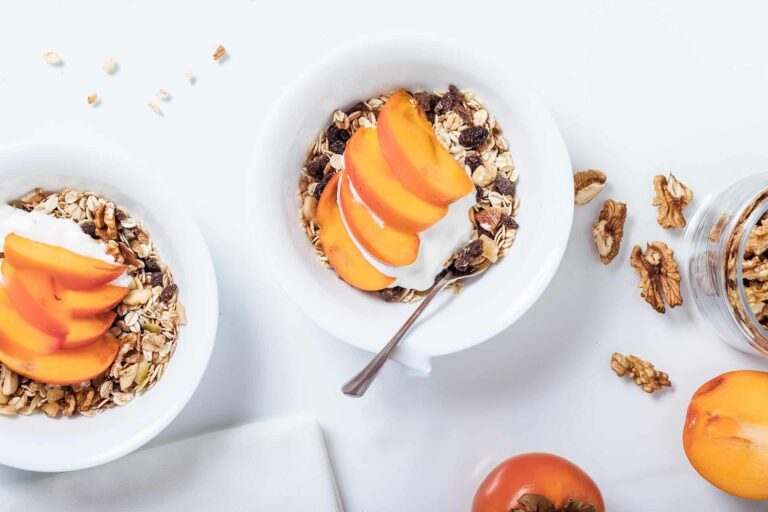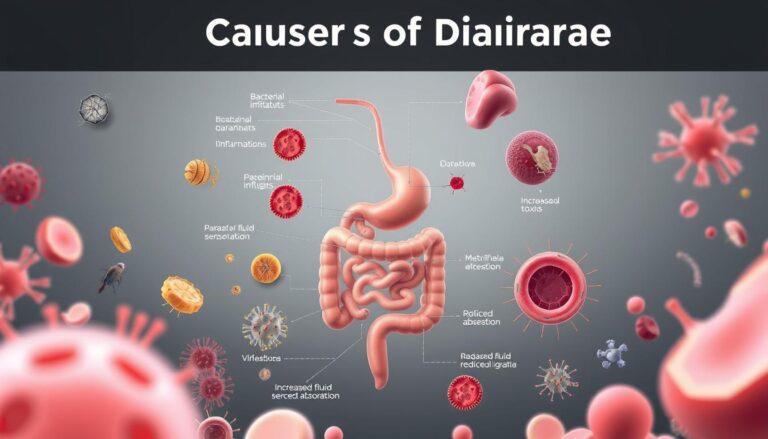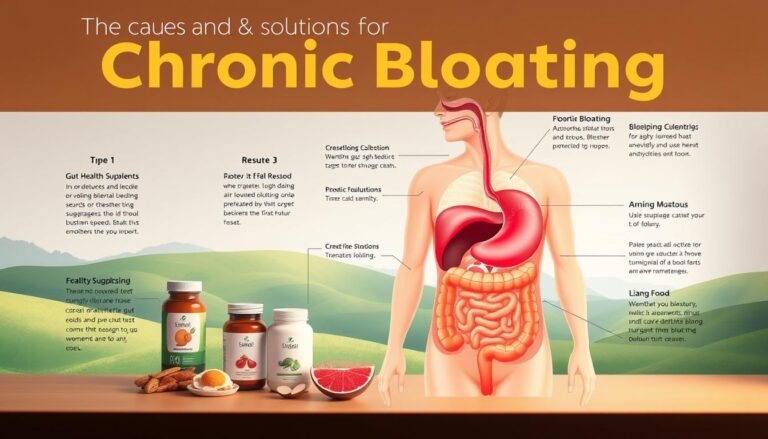How to Lose Belly Fat Fast: Science-Backed Methods That Actually Work

You’ve tried many diets and worked out for hours, but belly fat won’t go away. You’re not alone. Losing belly fat needs a scientific plan, not just hopes or random workouts.
Your waistline is more than just about fitting into clothes. A slim waist can add years to your life. Studies show that smart eating choices help you lose more weight than usual diets.
Visceral fat, the fat around your organs, is dangerous. You can’t just lose this fat in one spot. But, you can burn it naturally by working out your whole body. Exercise helps your liver use fat from your belly.
This guide combines the latest research and easy-to-follow tips. You’ll learn why some methods don’t work and how to safely slim down your waist.
Key Takeaways
- Belly fat affects more than appearance—it directly impacts your health and lifespan
- Visceral fat surrounding organs poses greater health risks than surface fat
- Smart dietary choices can lead to 10 pounds more weight loss in six months
- Daily moderate exercise for 30-60 minutes effectively targets deep abdominal fat
- Women should aim for waistlines under 35 inches, men under 40 inches
- Your liver uses fatty acids from visceral fat when insulin levels drop through exercise
Introduction
You’ve tried many things, but that stubborn belly fat won’t go away. You’re not alone in this fight. Millions of people struggle with dangerous abdominal fat that’s hard to lose.
The truth is, belly fat is not just annoying. It’s a serious health threat.
Why belly fat is the most stubborn (and dangerous) fat
Your body has two types of fat around your midsection. The fat you can pinch is called subcutaneous fat. But the real danger is visceral fat.
Visceral fat wraps around your organs and poses serious health risks. It acts like a toxic factory, pumping harmful substances into your blood.
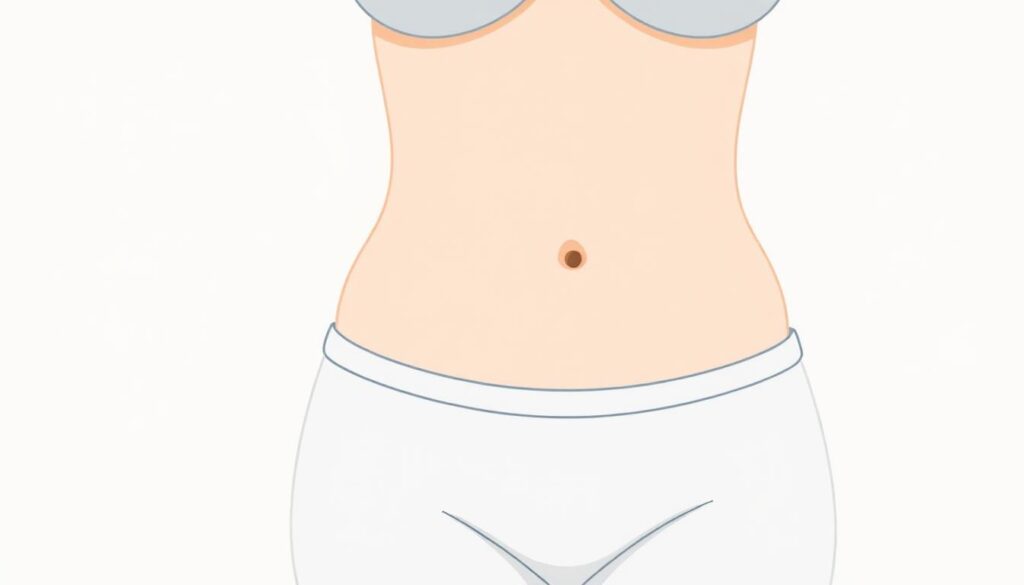
So, why is belly fat so hard to lose? Your genetics, hormones, and sex all play a part. Women naturally have more body fat for reproductive reasons.
Scientists have found over 300 genetic variations that affect fat storage. The World Health Organization says waist-hip ratios above 0.85 for women and 1.0 for men are risky.
What you’ll learn
This guide will teach you exactly how to fight stubborn belly fat with science-backed methods. You’ll learn:
- The real science behind fat loss (no gimmicks)
- Diet strategies that target hormonal balance
- Exercise routines that maximize fat burning
- Lifestyle changes that accelerate results
- A complete 30-day action plan
Ready to change your health and lose that stubborn belly fat? Let’s explore the science that will transform your life.
1. Why Belly Fat is Different
Not all body fat is the same. The fat around your midsection has its own rules. Knowing these differences is key to fighting belly fat.
Visceral vs Subcutaneous Fat Explained
Your body stores fat in two main ways. Subcutaneous fat is the fat you can pinch under your skin. It’s good for keeping you warm and comfy.
Visceral fat is the bad guy. It wraps around your organs deep inside. Unlike subcutaneous fat, it harms your health by causing insulin resistance and inflammation.
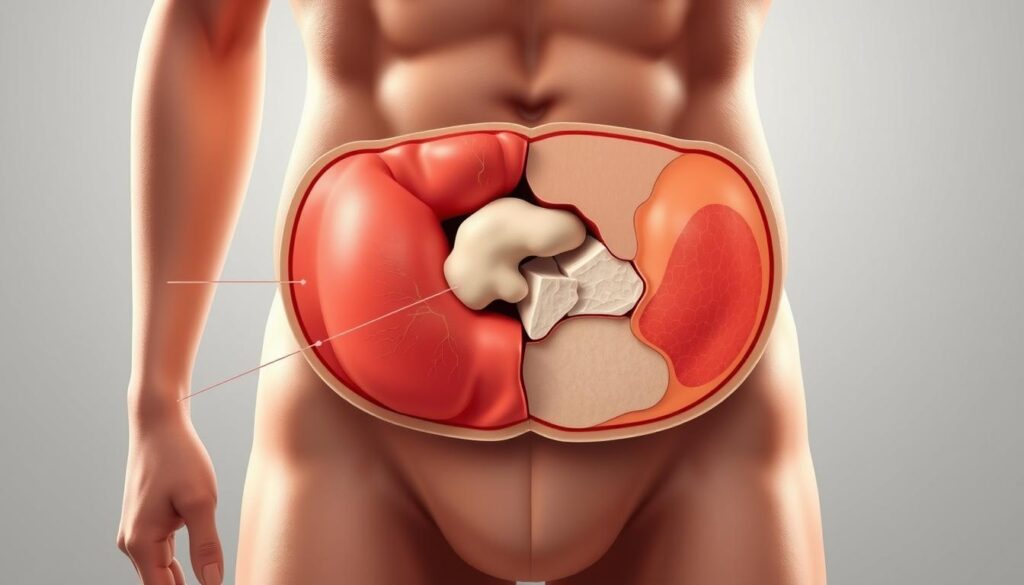
Hormonal Factors
Hormones decide where fat goes on your body. Stress makes your body store fat in your belly. Women often store more belly fat when stressed.
Insulin also plays a big role. High insulin levels make your body store fat instead of burning it. Estrogen levels affect fat storage too, leading to more belly fat in menopause.
Health Risks of Belly Fat
Visceral fat is not just a beauty issue. It’s a health risk. It can lead to:
- Type 2 diabetes
- Heart disease
- High blood pressure
- Metabolic syndrome
- Certain cancers
Your BMI doesn’t tell the whole story. You can have a “normal” weight but have harmful visceral fat.
Why Spot Reduction Doesn’t Work
You can’t pick where your body burns fat. Your genes decide where you store and lose fat first. Crunches won’t target belly fat. Your body chooses based on your genes.
2. The Science of Fat Loss
Learning about fat loss science helps you make better choices. Your body has rules for burning fat. Working with these rules makes sustainable fat loss possible.
Caloric Deficit Explained
Fat loss comes from burning more calories than eating. This caloric deficit weight loss rule is key for losing weight. When your body needs energy but doesn’t get enough, it uses fat.
Starting with a 300-500 calorie daily deficit is best. It leads to losing 1-2 pounds a week. This way, you keep your muscle while losing fat.
Role of Metabolism
Your metabolic rate shows how many calories you burn at rest. Metabolism boost comes from strength training and eating protein. This helps you burn more calories all day.
Building lean muscle increases your resting metabolic rate. Muscle burns more calories than fat.
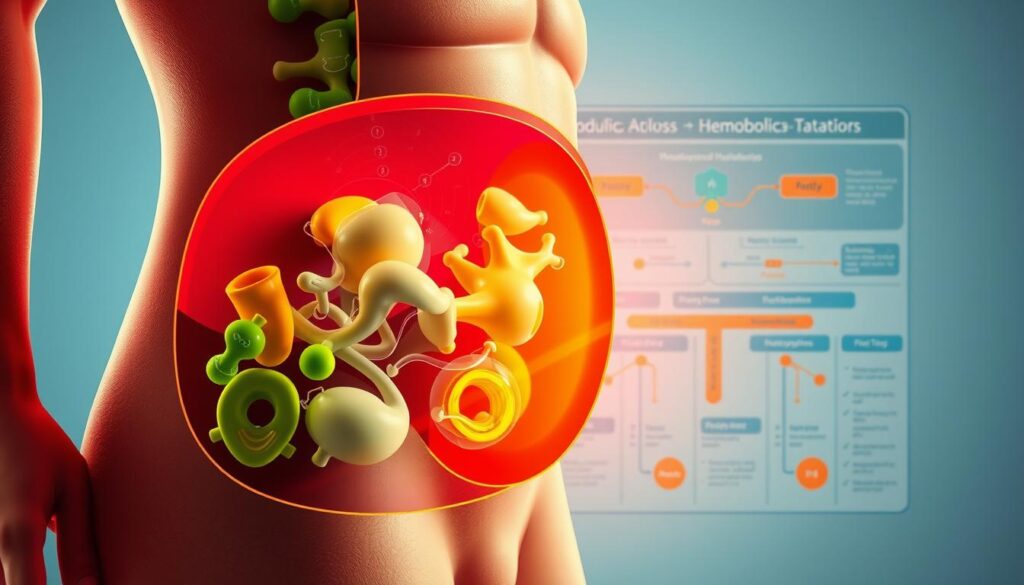
Importance of Hormonal Balance
A hormonal balance diet controls insulin, cortisol, and hunger hormones. Eating high protein foods makes you feel full. Exercise also lowers insulin levels, helping your body use stored fat.
Why Crash Diets Fail
Extreme diets slow your metabolism and cause muscle loss. Johns Hopkins research shows both low-carb and low-fat diets harm lean tissue. The best approach is making small, steady changes to keep muscle and lose fat.
3. Diet Strategies That Work
Your diet is key to losing belly fat. Exercise is important, but what you eat matters more. The right diet can change your body’s fat-burning abilities.
Intermittent Fasting Protocols
The 5:2 diet lets you eat normally five days a week. You limit calories to 800 on two days. Time-restricted eating means eating in a 10-hour window each day.
A 2023 Obesity study found that intermittent fasting belly fat reduction works. It happens because you naturally eat fewer calories.
Low-Carb vs Low-Fat Debate
Recent studies have solved the debate. Low carb diet results show better fat loss than low-fat diets. You lose more fat and less muscle or water.
The Framingham Heart Study found a link. People eating whole grains were 17% less likely to have belly fat. This compared to those eating refined grains.
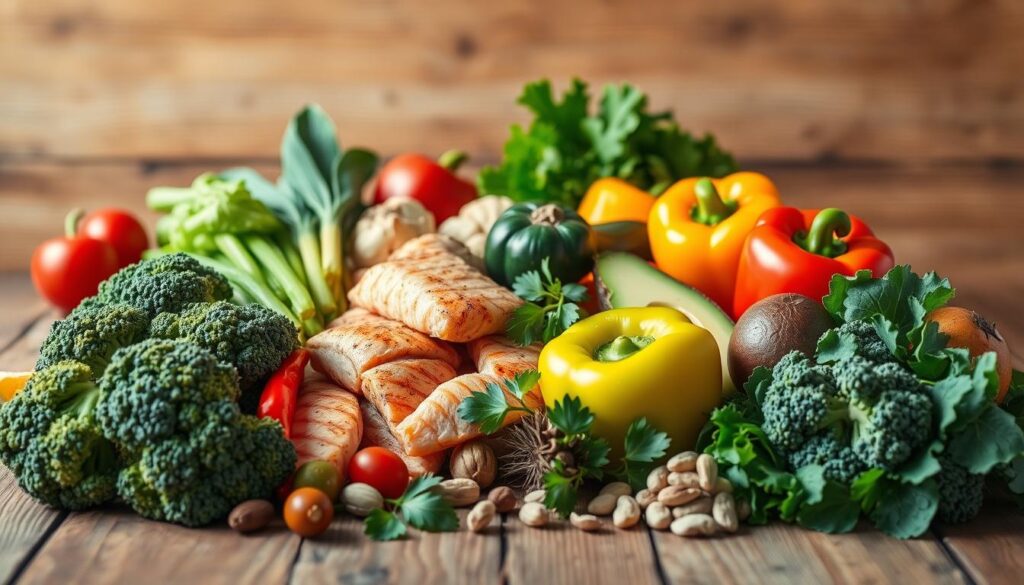
Protein Requirements for Fat Loss
Protein for weight loss is essential. Eat quality sources like lean meat, fish, eggs, and dairy. Beans and whey protein powder are also good.
These foods help your metabolism and keep you full. They also help keep muscle while losing weight.
Foods That Fight Belly Fat
Make sure to have these belly fat burning foods in your kitchen:
- Fatty fish: salmon, sardines, mackerel, herring, anchovies
- High-fiber options: oats, barley, legumes, fruits, vegetables
- Probiotic powerhouses: yogurt, kefir, sauerkraut, kimchi
- Green tea for its EGCG antioxidant boost
4. Exercise for Belly Fat
Exercise is key to losing belly fat. A mix of cardio and strength training works well. Certain exercises target fat around your midsection better than others.
HIIT vs Steady-State Cardio
HIIT belly fat loss is backed by science. A 2018 French study found it effective for both men and women. It burns calories fast with short, intense workouts.
Steady-state cardio also has its role. A 2015 study showed it helps postmenopausal women lose fat. It’s about finding the right mix for you.

Best Strength Training Exercises
Strength training builds muscle and boosts metabolism. Focus on exercises that work many muscles at once:
- Squats and lunges
- Deadlifts
- Push-ups and chest presses
- Rows and pull-ups
- Overhead presses
Core Exercises That Actually Work
Don’t waste time on sit-ups. Real core exercises engage your whole midsection. Try planks, bird dogs, and mountain climbers. They strengthen your core and burn calories.
Weekly Workout Schedule
Make a balanced plan:
“The best workout plan combines strength, cardio, and recovery for optimal fat loss.”
- Monday: Full-body strength training
- Tuesday: HIIT cardio (20-30 minutes)
- Wednesday: Core and flexibility
- Thursday: Upper body strength
- Friday: Steady-state cardio
- Weekend: Active recovery or lower body strength
5. Lifestyle Factors
Your daily habits are key to losing belly fat. Simple changes can make a big difference. Let’s look at what might be holding you back.
Sleep’s Impact on Belly Fat
Sleep is more important than you think for losing weight. A study of 68,000 women found that those sleeping less than 5 hours gained more weight. Your body needs enough sleep to control hunger and burn fat.
Sleep apnea also adds to belly fat. Good sleep helps your body recover and burn fat better.

Stress Management Techniques
Stress makes your body store fat around your belly. Yoga and meditation can lower stress hormones. Try these tips:
- Deep breathing exercises for 5 minutes daily
- Regular yoga practice, even just 15 minutes
- Mindful walks in nature
- Journaling before bed
Alcohol and Belly Fat
Research in 2023 shows alcohol increases belly fat. A 2003 study found that light drinkers had less belly fat than heavy drinkers. The Dietary Guidelines suggest men drink no more than two drinks a day and women one.
Hydration Importance
Drinking enough water is key for losing fat. Water helps remove toxins and keeps your metabolism going. But, drinks with sugar, like soda, can lead to more belly fat.
6. Supplements That Help
Some supplements can help with losing belly fat, but they can’t replace a good diet and exercise. Certain nutrients can boost your metabolism and help your body burn fat better. This is true when you eat right and move a lot.
Green Tea Extract
Green tea extract does more than just wake you up in the morning. It has EGCG, an antioxidant that speeds up your metabolism. This helps your body burn belly fat.
Studies show that taking less than 500mg daily for 12 weeks can help you lose weight and waist size. The results get even better when you exercise regularly too.
CLA (Conjugated Linoleic Acid)
CLA has become popular among fitness fans. It’s a fatty acid found in meat and dairy. It may help your body burn fat while keeping muscle.
Research suggests CLA can target belly fat when used as part of a healthy weight loss plan.
Probiotics for Gut Health
Probiotics are linked to weight loss and belly fat reduction. Strains like Lactobacillus fermentum, L. amylovorus, and L. gasseri have shown promise. These good bacteria help balance your gut, which is key for weight management and metabolism.
Protein Powder Recommendations
Protein powder can help reduce belly fat by keeping you full and supporting muscle growth. Look for whey, casein, or plant-based options with little sugar. Aim for 20-30 grams per serving to burn fat and keep muscle.
7. 30-Day Action Plan
Your 30 day belly fat loss plan starts now. This plan combines all you’ve learned into a simple roadmap. Each week builds on the last, creating lasting habits for better results. Balanced eating, regular exercise, good sleep, and managing stress are key to losing belly fat.
Week 1: Foundation
Begin by setting your baseline. Take waist and hip measurements to track your belly fat. Start a food diary with apps like MyFitnessPal or Cronometer to watch your calories and nutrients. Choose whole grains and sweet potatoes over refined carbs.
Limit fruit juice, as 8 ounces of apple juice has 24 grams of sugar. Eat whole fruits instead. Aim for 7-8 hours of sleep each night. Find an exercise buddy for motivation.
Week 2-3: Acceleration
Next, increase your workout intensity. Add high-intensity interval training three times a week and strength training twice. You might not see big scale changes, but your clothes will fit better. This is a sign of progress.
Focus on protein to keep your muscles while losing fat. Try stress-reducing activities like meditation or yoga. Having health-focused friends can help you stay on track.
Week 4: Optimization
Now, refine your plan based on your progress. Adjust your calorie intake and try different meal times. Some prefer intermittent fasting, while others like eating small meals often.
Notice how different foods make you feel. If emotional eating is a problem, the National Alliance for Eating Disorders offers help.
Tracking Progress
Keep track of your progress to see results. Check your waist-hip ratio weekly for belly fat loss signs. Take progress photos in the same light and clothes. Notice improvements in energy, sleep, and mood.
These changes often happen before you see weight loss. Always talk to a doctor before starting any diet or exercise plan, even if you’re healthy. Losing belly fat takes time, so be patient and trust the process.

